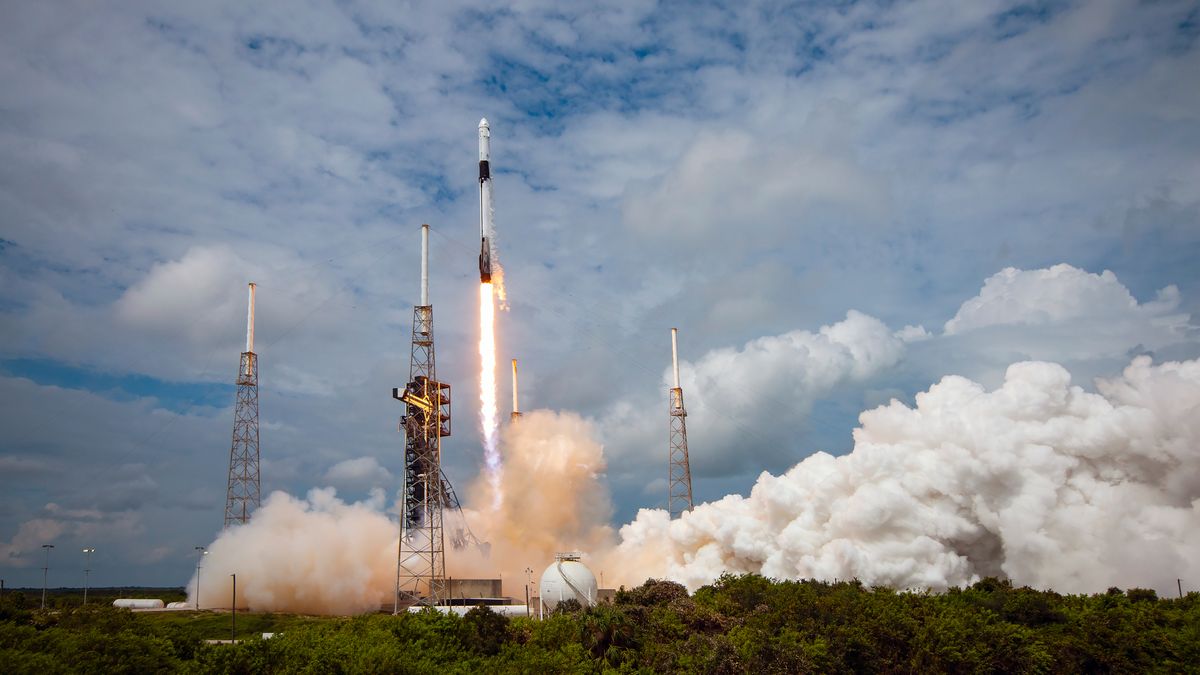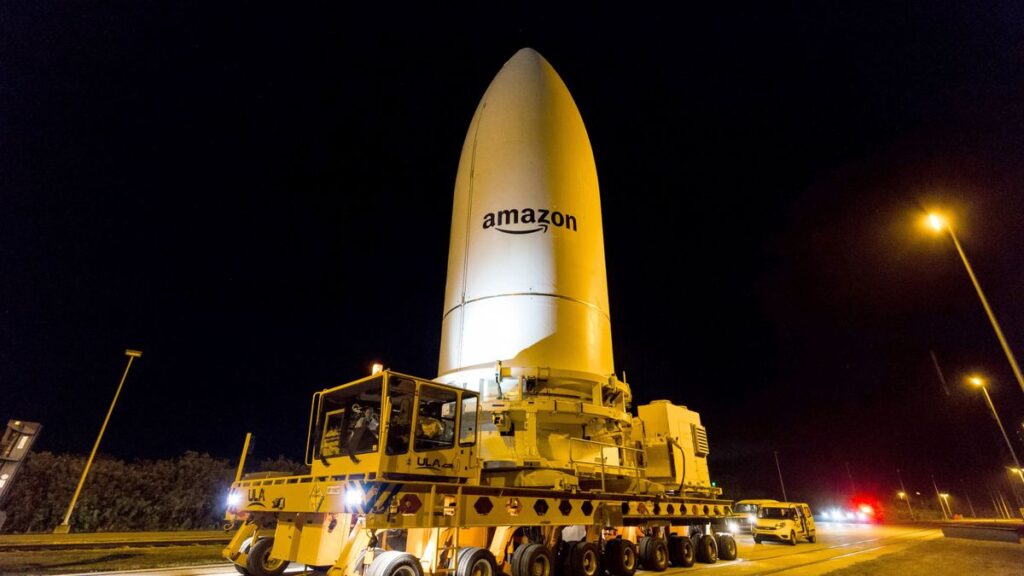
The U.S. Federal Aviation Administration (FAA) is requiring an investigation of the anomaly a SpaceX Falcon 9 rocket experienced during the Crew-9 astronaut launch on Sept. 28.
That liftoff successfully sent a Crew Dragon capsule carrying NASA astronaut Nick Hague and Russian cosmonaut Aleksandr Gorbunov toward the International Space Station. However, the Falcon 9‘s upper stage suffered an issue after deploying the capsule, SpaceX revealed on Sept. 29. The issue was an “off-nominal deorbit burn,” which resulted in the upper stage landing in the ocean outside of its target disposal area. (The Falcon 9’s first stage is reusable, but its upper stage is not.)
SpaceX is pausing launches while it looks into the issue. The company’s investigation will be overseen by the FAA, which said the inquiry is not optional.
Related: SpaceX Crew-9 astronaut mission: Live updates
“The FAA is aware an anomaly occurred during the SpaceX NASA Crew-9 mission that launched from Cape Canaveral Space Force Station in Florida on September 28. The incident involved the Falcon 9 second stage landing outside of the designated hazard area. No public injuries or public property damage have been reported. The FAA is requiring an investigation,” agency officials wrote in an update.
After today’s successful launch of Crew-9, Falcon 9’s second stage was disposed in the ocean as planned, but experienced an off-nominal deorbit burn. As a result, the second stage safely landed in the ocean, but outside of the targeted area. We will resume launching after we…September 29, 2024
RELATED STORIES:
The Crew-9 anomaly was the third Falcon 9 issue that SpaceX has experienced in less than three months. On July 11, the rocket’s upper stage sprang a liquid-oxygen leak that resulted in the loss of 20 of the company’s Starlink internet satellites.
That incident grounded the Falcon 9 for two weeks. Then, on Aug. 28, a Falcon 9 first stage failed its landing attempt after a successful Starlink launch (which was the record-setting 23rd liftoff for that particular booster). SpaceX stood down for just a few days after the mishap, returning to flight on Aug. 31.
It’s unclear how long the current hiatus will last, or how it will affect SpaceX’s always-busy launch manifest. The company has some very high-profile liftoffs planned for this month, including that of NASA’s Europa Clipper mission, which is scheduled to launch toward the icy Jupiter ocean moon Europa atop a Falcon Heavy rocket during a 21-day window that opens on Oct. 10. The Falcon Heavy and the Falcon 9 use the same upper stage.



